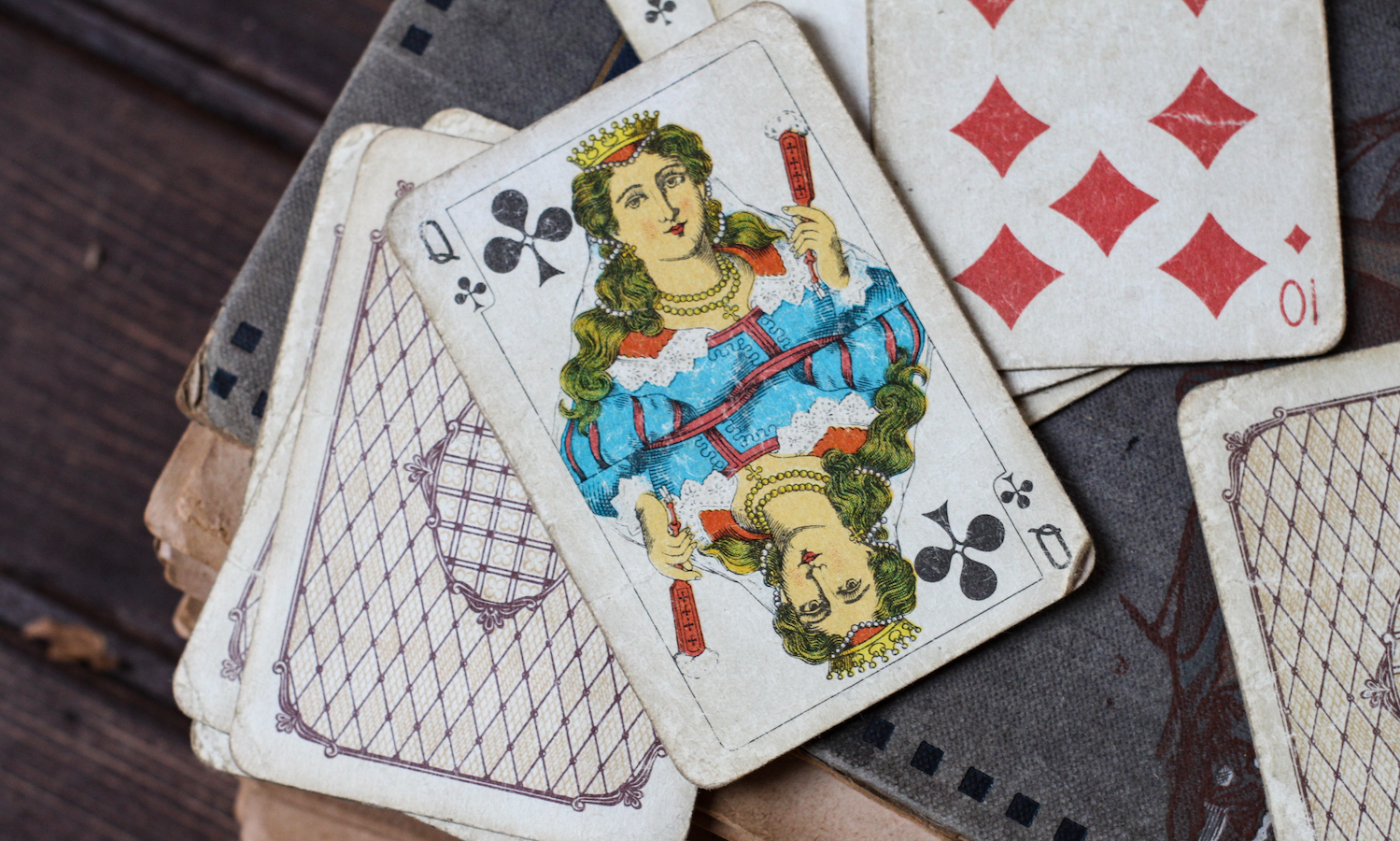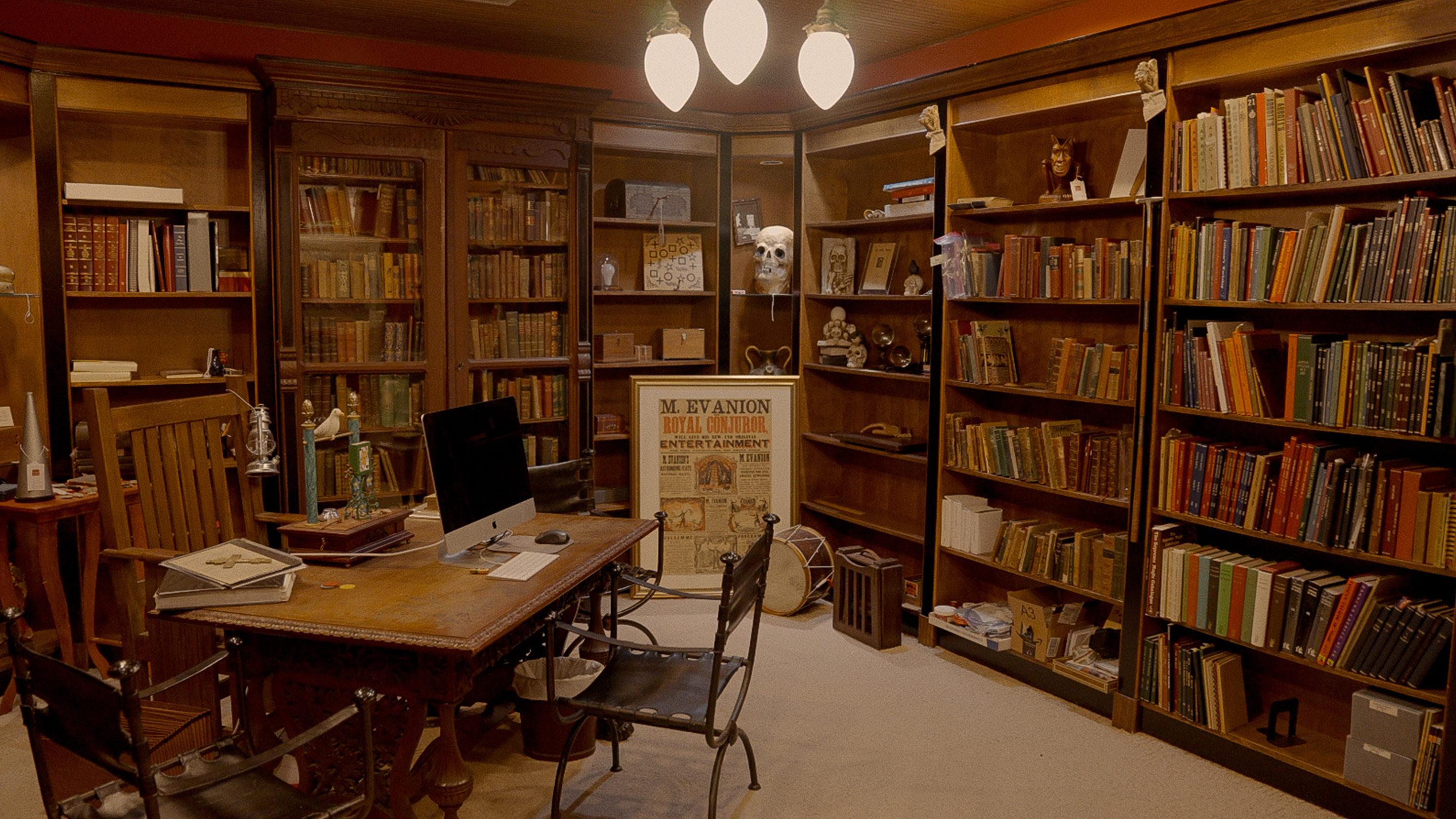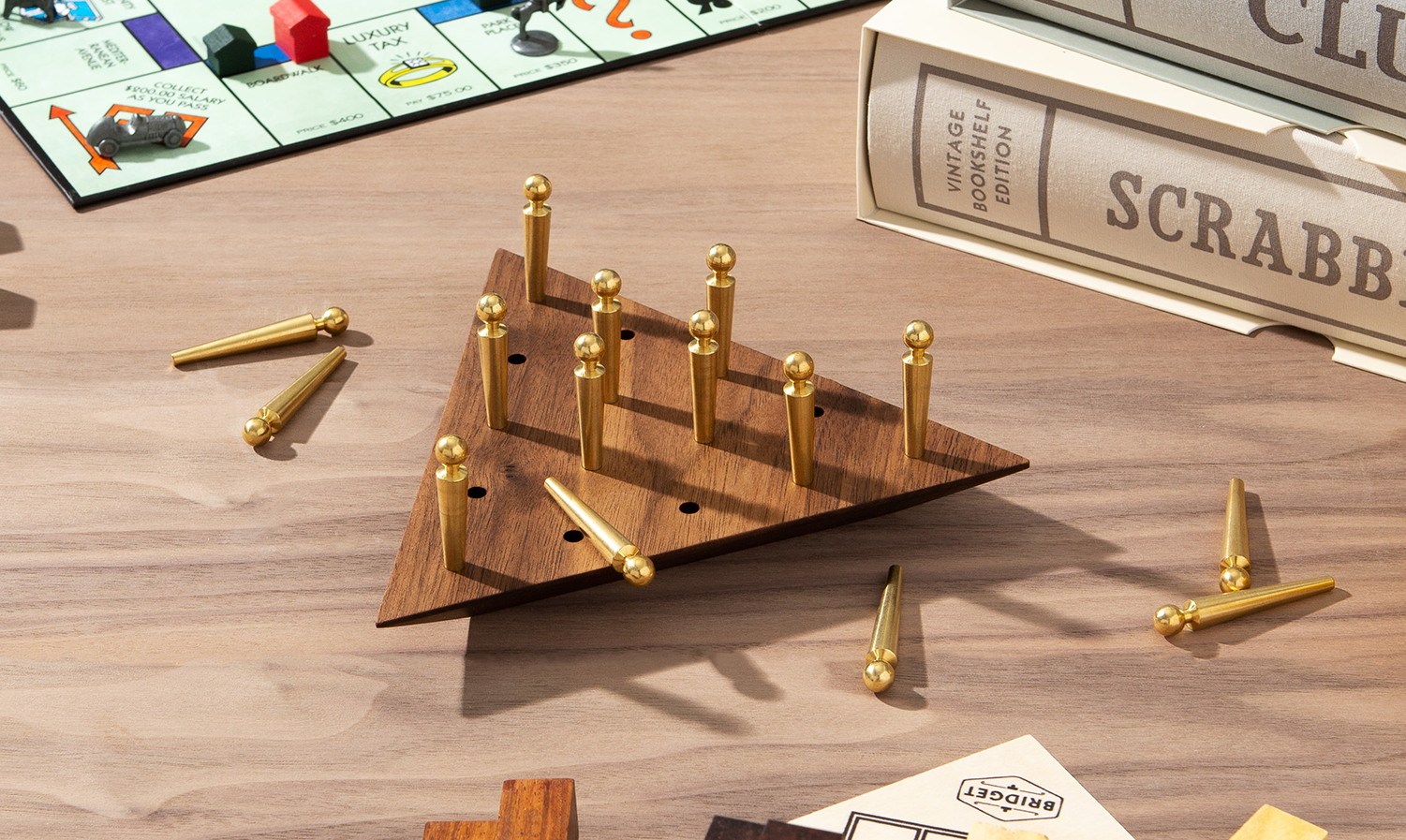From sleight of hand magician Cardini to cardistry expert Oliver Sogard, artists have spent the past century imbuing playing cards with their own mystic qualities. But the history of playing cards, what little known there is, has drawn from its own sources of wonder as the design evolved over millennia. For one, playing cards link directly to the Gregorian calendar and the seasons. So, as we ring in the New Year, here’s a brief history behind the meaning of playing cards in relation to the calendar year.
The First Playing Cards
Before the advent of cards, games were played with sticks, bones, or stones. These makeshift “cards,” engraved using fire and knives, were also used for money, gambling, and religious rituals. The first cards were likely invented during the Tang Dynasty (618 to 907 CE) with the invention of paper and woodblock printing. A reference to a “leaf game” that royalty would play is made in the 868 CE text the “Collection of Miscellanea” by Su E. Some scholars point to this as the first card game (though the game may have involved dice or a combination of dice and cards).
From China, playing cards spread to India and Persia, then to Egypt during the Mamluk Era (1250 to 1517 CE). Card games next followed the trade routes into Europe as merchants journeyed through the Italian and Iberian peninsulas.
By 1582, the Gregorian calendar, which we use today, was largely adopted by Europe by direction of Pope Gregory XIII. Over time, playing cards began to correlate with the year, the seasons, and the solstices. The 52 cards are said to represent the 52 weeks in a year. To underline the numerical magic of playing cards, the twelve royals (King, Queen, and Knaves, i.e., Jack), represent the twelve months of the year. Meanwhile, each suit of thirteen cards represents the thirteen weeks in each season.
The four playing card suits represent the four seasons/solstices, while other historians have said it may allude to the four phases of the moon. Suits may also parallel the four elements found in nature: hearts for water, clubs for fire, diamonds for earth and spades for air.

Playing Cards and Divination
The decks of playing card brought by merchants to Europe were not for divination. Such playing cards came to Europe from Italy in the late 14th and early 15th centuries. The game was called Il giuco dei Tarocchi, from the Arabic turuquîn, which translates to “wayfarers.” Il giuco dei Tarocchi was thus “the game of the wayfaring people.” This card game established a basic card layout of 22 playing cards used later for divination. Many playing cards in Il giuco dei Tarocchi were cards familiar to modern divination users such as the Fool, the Empress, the Wheel of Fortune, and the Star.
The interpretation of playing cards is not ancient wisdom. A former Protestant pastor named Antoine Court de Gébelin created the idea the Tarocchini playing cards had any occult meaning in 1781. According to The Forest of Souls : A Walk through the Tarot by Rachael Pollack, de Gébelin believed, without evidence, that the Tarocchini had ancient and mystical roots in the Egyptian worship of Thoth.
The interpretation of Tarocchini playing cards as divination did not gain popularity until a French occultist named Jean-Baptiste Alliette brought these views to a wider audience in 1785. The 1785 publication of Ailette’s book, How to Entertain Yourself with the Deck of Cards Called Tarot, established the first system of tarot divination.
While playing cards have calendar correspondences, playing cards do not always have direct tarot correspondences. For one, a tarot deck is comprised of 78 cards. However, the lower suits of playing cards correspond with the tarot’s Minor Arcana. For playing cards not representing royalty, Hearts correspond with Cups in tarot, Spades with Swords, Clubs with Wands and Diamonds with Pentacles.
Divination through Aillette’s system, whether reading from playing cards or using an actual tarot deck, proved to be a fun way of self-exploration over the centuries. But knowing the history is only half of the intrigue. Be sure to check out Tarot: Library of Esoterica and the Illuminated Tarot to have your own fun with mystery and symbolism.
Written by Anne Cagle







